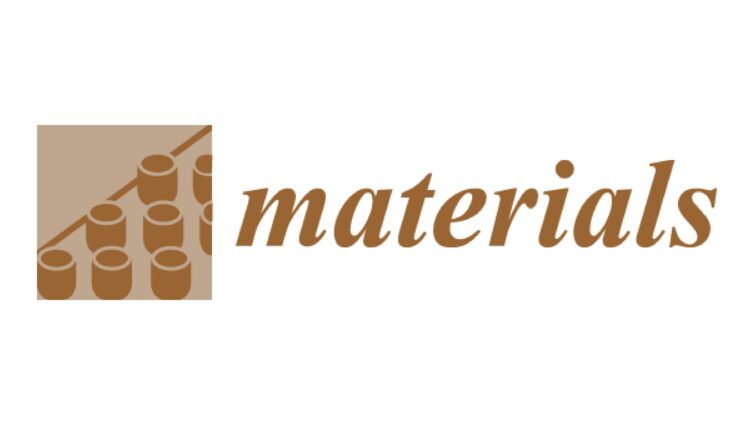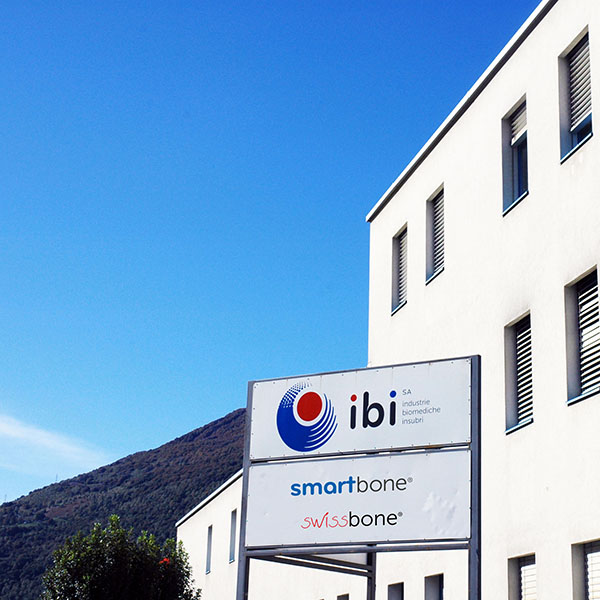CLOSE

Date:
2020
Journal:
Materials 2020, 13, 5093; doi:10.3390/ma13225093
Author:
Taschieri, S.; Ofer, M.; Corbella, S. ; Testori, T.; Dellavia, C.; Nemcovsky, C.; Canciani, E.; Francetti, L.; Del Fabbro, M.; and Tartaglia, G.
Link:

Abstract:
Aim: To evaluate the hypothesis of a correlation between the preoperative residual alveolar bone height (RBH) and graft maturation after maxillary sinus floor augmentation procedures using two different bone substitutes.
Methods: A total of 20 patients who underwent unilateral maxillary sinus floor augmentation with either mineralized deproteinized bovine bone (DBBM) or a xenograft enriched with polymer and gelatin (NBS) were included in this prospective study. Six months after sinus surgery, bone biopsies were harvested with a 3.2 mm diameter trephine bur, prior to dental implant placement. Histomorphometric analysis was performed, and the results were correlated with the individual RBH. Implants were loaded after 5 months of insertion, and 1-year implant success and marginal bone level change were assessed.
Results: RBH was 2.17 ± 1.11 mm (range 0.5–3.5 mm) and 2.14 ± 0.72 mm (range 0.5–3.0 mm) in the NBS and DBBM group, respectively. The biopsy analyses for the DBBM group showed woven bone increases by 5.08% per 1-mm increment of RBH; medullary spaces decreased by 9.02%, osteoid decreased by 4.4%, residual biomaterial decreased by 0.34%, and lamellar bone increased by 5.68% per 1-mm increase of RBH. In the NBS group, samples showed woven bone increases by 8.08% per 1-mm increase of RBH; medullary spaces decreased by 0.38%; osteoid increased by 1.34%, residual biomaterial decreased by 0.58%, and lamellar bone decreased by 5.50% per 1-mm increase of RBH. There was no statistically significant difference in the correlation between RBH and lamellar bone, woven bone, and osteoid, independently of the material used. Implant success was 100% in both groups, and marginal bone loss was 1.02 ± 0.42 mm in DBBM and 0.95 ± 0.31 mm in the NBS group after the 1-year follow-up.
Conclusion: In spite of the absence of significance, the observed trend for woven bone to increase and medullary spaces to decrease when RBH increases deserves attention. Residual bone dimension might be a determinant in the bone graft maturation after maxillary sinus augmentation.

IBI SA
Industrie Biomediche Insubri SA
via Cantonale 67, CH-6805 Mezzovico-Vira, Switzerland
t. +41 91 93.06.640
f. +41 91 220.70.00